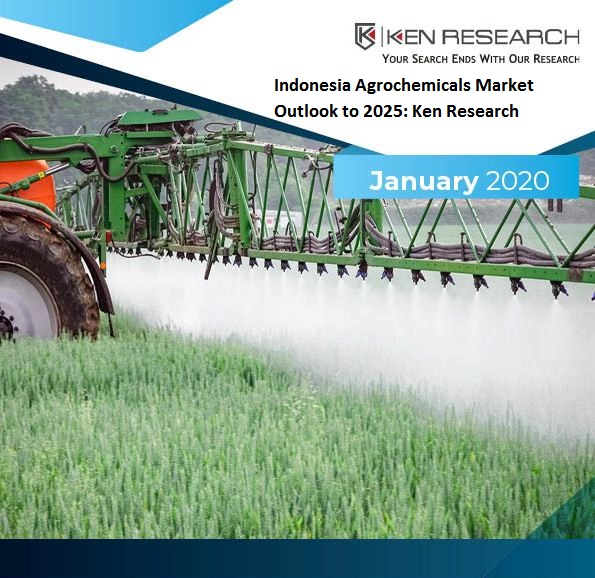The crop protection market plays a crucial role in ensuring global food security by providing farmers with tools and technologies to safeguard their crops from pests, diseases, and weeds. In this blog, we will delve into the key dynamics shaping the crop protection market, including market size, growth drivers, challenges, and emerging trends.
Market Size and Growth Drivers:
The global Crop Protection Market has been steadily growing, driven by several factors such as increasing population, expanding agricultural land, and rising demand for high-quality crops. According to recent reports, the market was valued at over $60 billion in 2020 and is expected to continue growing at a CAGR of 4% over the next few years.
Key Growth Drivers:
- Rising Demand for Food Security: With the world population projected to reach 9 billion by 2050, there is a growing need to increase agricultural productivity to meet the rising food demand. Crop protection products help farmers improve crop yields and minimize post-harvest losses, contributing to food security.
- Advancements in Agricultural Technologies: Technological innovations such as precision agriculture, biotechnology, and digital farming are driving the adoption of advanced crop protection solutions. These technologies enable farmers to monitor crop health, optimize inputs, and implement targeted pest management strategies.
- Shift Towards Sustainable Agriculture: There is a growing emphasis on sustainable agricultural practices, including integrated pest management (IPM), organic farming, and biological control methods. Consumers are increasingly demanding sustainably produced food, driving the adoption of eco-friendly crop protection products.
Challenges and Opportunities:
Despite the growth prospects, the crop protection market faces several challenges, including regulatory constraints, resistance to pesticides, and environmental concerns. Regulatory requirements for product registration and approval can pose barriers to market entry, particularly for small and medium-sized enterprises.
However, these challenges also present opportunities for innovation and differentiation in the market. Companies that develop sustainable, environmentally friendly solutions and invest in research and development to combat resistance issues can gain a competitive edge and capitalize on emerging market trends.
Emerging Trends:
- Biological Crop Protection: There is a growing trend towards the use of biological crop protection products, including biopesticides, biofertilizers, and microbial-based solutions. These products offer effective pest and disease management while minimizing environmental impact and preserving beneficial organisms.
- Digitalization and Precision Agriculture: Digital farming technologies such as drones, sensors, and satellite imagery are revolutionizing crop protection practices. These technologies enable farmers to monitor fields in real-time, detect pest infestations early, and apply inputs more precisely, optimizing resource use and reducing environmental impact.
- Focus on Resilience and Climate Adaptation: Climate change poses new challenges to crop protection, including shifting pest and disease patterns and extreme weather events. In response, there is a growing focus on developing resilient crop varieties and innovative solutions to mitigate climate-related risks.
Conclusion
The Crop Protection Market presents significant opportunities for growth and innovation, driven by increasing food demand, technological advancements, and sustainability imperatives. By understanding the key dynamics and emerging trends in the market, stakeholders can position themselves for success and contribute to global food security.

